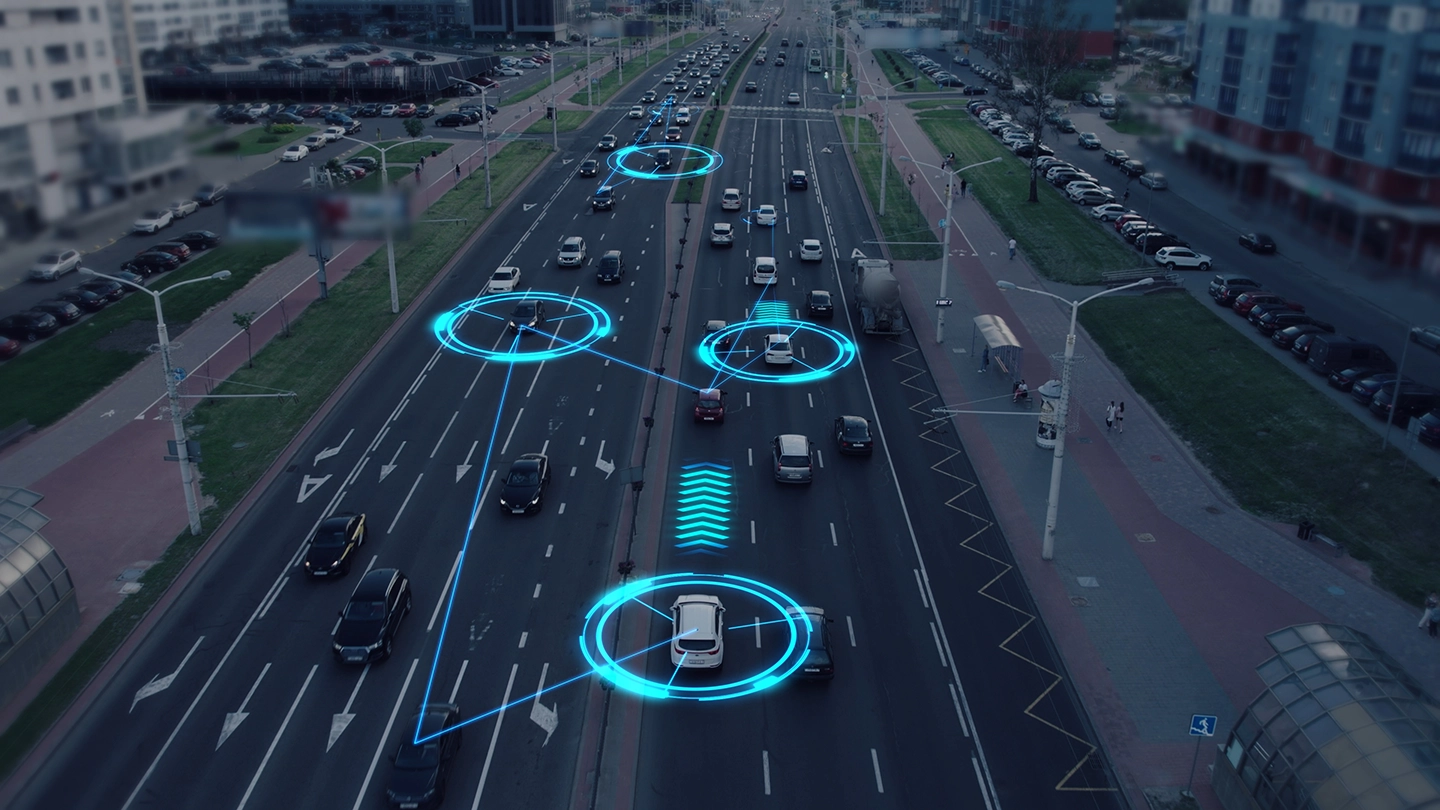The Internet of Things (IoT) is transforming industries by enabling devices to communicate, collect, and…
The Internet of Things (IoT) is transforming industries by enabling devices to communicate, collect, and exchange data seamlessly. This interconnected ecosystem relies on robust, high-speed communication technologies to function effectively. Photonics, which involves the use of light to transmit data, plays a critical role in enhancing the connectivity of IoT devices. This article explores the different ways photonics enables IoT, focusing on high-speed data transmission, energy-efficient sensing, and the development of smart, self-powered devices.
High-Speed Data Transmission
The advent of 5G technology, with its promise of ultra-fast speeds and low latency, has enabled many IoT applications, turning mundane devices into smart, interconnected components of broader digital ecosystems. However, this means more devices contribute to the already vast data streams flowing through global networks.

Photonics significantly enhances data transmission speeds in IoT networks, making it possible to handle the massive data volumes generated by connected devices. Optical fibers, which use light to transmit data, offer higher bandwidth and lower latency compared to traditional copper wires. This is essential for applications that require real-time data processing and rapid communication, such as autonomous vehicles, smart grids, and industrial automation.
Energy-Efficient Sensing
Photonics also plays a vital role in the development of energy-efficient sensing technologies for IoT. Photonic sensors offer high sensitivity and accuracy with much low power consumption. This is particularly important for applications in remote or hard-to-reach locations where replacing batteries is impractical.
Photonic integrated circuits (PICs) combine multiple optical components on a single chip, enabling faster and more efficient data transmission. For instance, advances in PIC technology have enabled high-performance LiDAR systems, which use laser pulses to create detailed 3D maps of environments. These systems are crucial for applications like autonomous driving, where precise and real-time data is necessary.

Smart, Self-Powered Devices
One of the most exciting developments in photonics for IoT is the creation of self-powered devices. These devices use ambient light to generate the energy needed for their operation, eliminating the need for batteries. This not only reduces maintenance costs but also minimizes environmental impact by decreasing the number of disposable batteries used.
For example, Ambient Photonics is a company that specializes in developing and manufacturing low-light energy harvesting solar cells. The company’s solar cells are thin, efficient, and capable of capturing energy from a wide range of light conditions, including dim indoor settings where traditional solar cells are less effective. Their technology is designed to generate power from low-light environments, such as indoor lighting, which can be used to power various electronic devices without the need for batteries or frequent recharging. This makes them suitable for powering IoT devices, remote sensors, and other small electronics that are often used indoors.
Conclusion
Photonics is enabling the connectivity and functionality of IoT networks. By enabling high-speed data transmission, energy-efficient sensing, and the development of smart, self-powered devices, photonics addresses many of the challenges faced by traditional electronic technologies.
Tags: ambient light, Autonomous Vehicles, connectivity, EFFECT Photonics, energy harvesting, energy-efficient sensing, high-speed data transmission, Internet of Things, IoT, LiDAR systems, OPDs, Optical fibers, OPVs, organic optoelectronics, organic photodetectors, organic photovoltaic cells, photonic integrated circuits, Photonics, PICs, self-powered devices, smart devices, sustainable technology